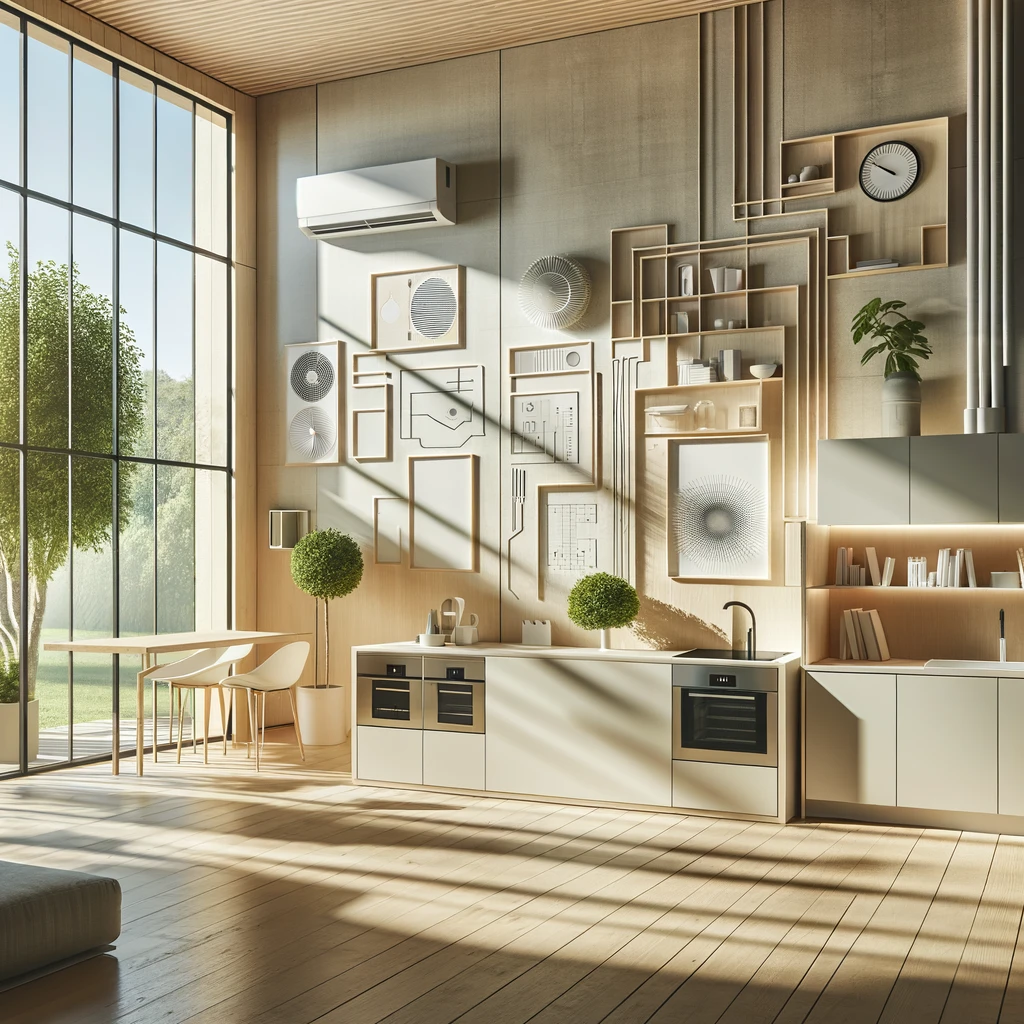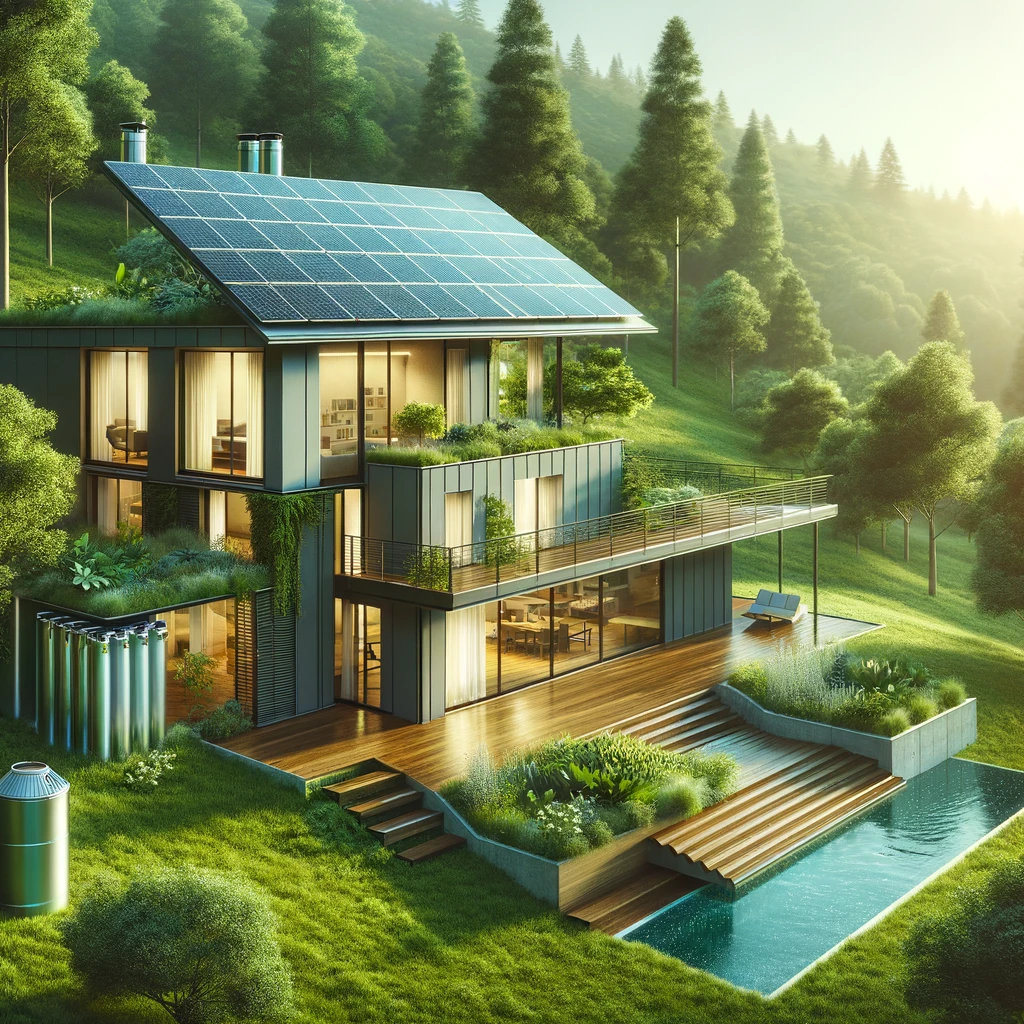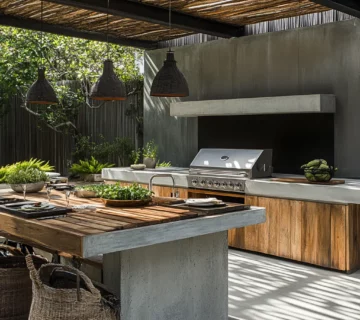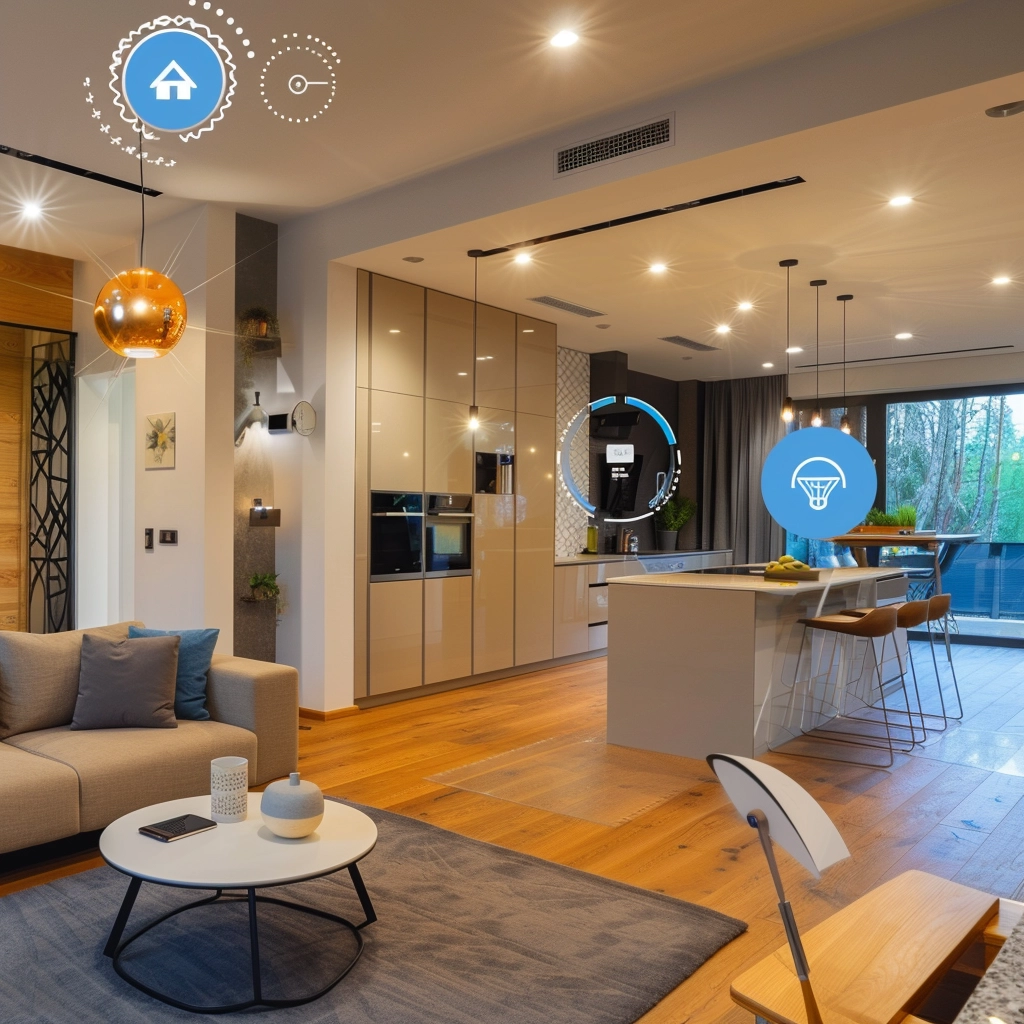In the quest for a more sustainable future, the concept of an eco-friendly house has emerged as a cornerstone. These homes, designed with the environment in mind, not only contribute to the well-being of our planet but also offer healthier living spaces for their inhabitants. This guide delves into the various aspects of eco-friendly homes, highlighting practical steps anyone can take to make their living space more sustainable.
The Foundation of Eco-Friendly House
Eco-friendly homes start with energy efficiency. Energy efficiency is at the heart of sustainable living, from solar panels harnessing the sun’s power to high-efficiency appliances that reduce electricity use. Incorporating insulation, energy-efficient windows, and smart thermostats can significantly lower energy consumption and utility bills.
Sustainable Materials and Construction
Choosing sustainable materials is crucial for eco-friendly homes. Materials such as bamboo, recycled steel, and reclaimed wood minimize environmental impact and add unique aesthetic value. When building or renovating, consider the sustainability of each material, aiming for those with low environmental footprints and high durability.
Water Conservation Techniques
Water conservation is another pillar of eco-friendly homes. Low-flow plumbing fixtures, rainwater harvesting systems, and drought-tolerant landscaping can dramatically reduce water usage. These techniques ensure that every drop is used efficiently, preserving this vital resource for future generations.

Indoor Air Quality and Natural Light
Eco-friendly homes prioritize indoor air quality and natural lighting. Using low-VOC (volatile organic compounds) paints and materials improves air quality, while strategic placement of windows enhances natural lighting, reducing the need for artificial light during the day.
The Role of Technology in Eco-Friendly House
Technology plays a significant role in enhancing the eco-friendliness of homes. Smart home systems can automate heating, cooling, and lighting for optimum energy use. Additionally, energy monitors provide real-time feedback on electricity consumption, empowering homeowners to make informed decisions about their energy use.
How to Build an Eco-Friendly House
- Conduct an Energy Audit: Start with an energy audit to identify areas for improvement. This will help you prioritize changes that will have the most significant impact on your home’s sustainability.
- Invest in Energy-Efficient Appliances: Replace old, energy-hungry appliances with newer, energy-efficient models. Look for the ENERGY STAR label when making new purchases.
- Embrace Renewable Energy: Consider installing solar panels or a solar water heating system to reduce reliance on non-renewable energy sources.
- Implement Water-Saving Measures: Install low-flow showerheads, toilets, and faucets. Consider setting up a rainwater collection system for gardening and outdoor use.
- Use Sustainable Materials: Whether you’re building a new home or renovating, choose sustainable materials that are durable and environmentally friendly.
- Improve Home Insulation: Enhancing your home’s insulation can significantly reduce heating and cooling costs, making your home more energy-efficient.
- Adopt a Minimalist Lifestyle: Reducing consumption and minimizing waste are essential aspects of living in an eco-friendly home. Focus on quality over quantity and embrace a minimalist lifestyle.
Conclusion
Eco-friendly homes represent a pivotal step towards a sustainable future. By incorporating energy efficiency, sustainable materials, water conservation, and smart technology, we can create living spaces that are not only environmentally responsible but also comfortable and healthy. The journey towards sustainability starts at home, and by embracing these practices, we can all contribute to a greener, more sustainable world.



